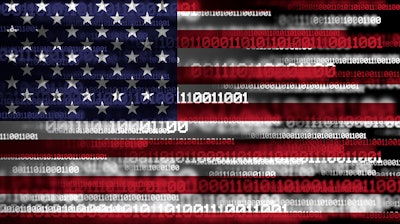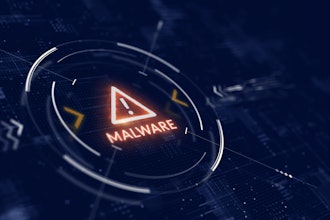
The Federal Bureau of Investigation (FBI) and the Cybersecurity and Infrastructure Security Agency (CISA) have released a joint advisory regarding the known tactics, techniques, and procedures (TTPs) and indicators of compromise (IOCs) associated with threat actors deploying the LummaC2 information stealer (infostealer) malware. LummaC2 malware is able to infiltrate victim computer networks and obtain sensitive information across multiple U.S. critical infrastructure sectors.
According to FBI information and trusted third-party reporting, this activity has been observed as recently as May 2025, with the IOCs included in this advisory dating back to November 2023.
LummaC2 malware first appeared for sale on multiple Russian-language speaking cybercriminal forums in 2022. Threat actors frequently use spearphishing hyperlinks and attachments to deploy LummaC2 malware payloads. Additionally, threat actors rely on unsuspecting users to execute the payload by clicking a fake Completely Automated Public Turing Test to tell Computers and Humans Apart (CAPTCHA). The CAPTCHA contains instructions for users to then open the Windows Run window and paste clipboard contents. After users press “enter” a subsequent Base64-encoded PowerShell process is executed.
To obfuscate their operations, threat actors have embedded and distributed LummaC2 malware within spoofed or fake popular software (i.e., multimedia player or utility software). The malware’s obfuscation methods allow LummaC2 actors to bypass standard cybersecurity measures, such as Endpoint Detection and Response (EDR) solutions or antivirus programs, designed to flag common phishing attempts or drive-by downloads.
Once a victim’s computer system is infected, the malware can exfiltrate sensitive user information, including personally identifiable information, financial credentials, cryptocurrency wallets, browser extensions, and multifactor authentication (MFA) details without immediate detection. Private sector statistics indicate there were more than 21,000 market listings selling LummaC2 logs on multiple cybercriminal forums from April through June of 2024, a 71.7 percent increase from April through June of 2023.
Full details on the advisory can be found here.
CISA is also highlighting an advisory focused on a Russian state-sponsored cyber campaign targeting Western logistics entities and technology companies. This includes those involved in the coordination, transport, and delivery of foreign assistance to Ukraine. Since 2022, Western logistics entities and IT companies have faced an elevated risk of targeting by the Russian General Staff Main Intelligence Directorate (GRU) 85th Main Special Service Center (85th GTsSS), which is tracked in the cybersecurity community under several names (see Cybersecurity Industry Tracking).
The actors’ cyber espionage-oriented campaign, targeting technology companies and logistics entities, uses a mix of previously disclosed tactics, techniques, and procedures (TTPs). The authoring agencies expect similar targeting and TTP use to continue.
Executives and network defenders at logistics entities and technology companies should recognize the elevated threat of unit 26165 targeting, increase monitoring and threat hunting for known TTPs and indicators of compromise, and posture network defenses with a presumption of targeting.
This cyber espionage-oriented campaign targeting logistics entities and technology companies uses a mix of previously disclosed TTPs and is likely connected to these actors’ wide scale targeting of IP cameras in Ukraine and bordering NATO nations.
A downloadable PDF of the report is available here.



















